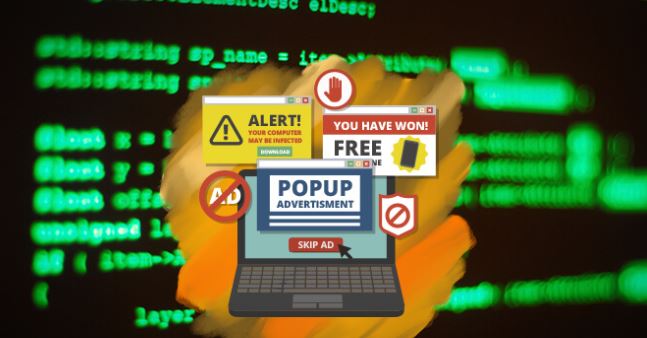In today’s digital world, email is essential for both personal and work-related communication. However, it also attracts cybercriminals. Spam and phishing emails are common threats, designed to trick you and steal your sensitive information. This guide will help you recognize and avoid these harmful emails, keeping your online activities safe and secure.

What are Spam and Phishing Emails?
Spam Emails:
Spam emails are unwanted messages sent to many people, usually for advertising. They can be annoying and sometimes dangerous, leading to scams or computer viruses.

Phishing Emails:
Phishing emails are scams that try to trick you into giving away personal information like passwords or bank details. They often look like they come from trustworthy sources but are actually from fraudsters.
Key Characteristics of Spam and Phishing Emails
- Suspicious Sender Information:
- Unfamiliar Senders: Be wary of emails from people you don’t know.
- Misspelled Domains: Look out for email addresses that are almost, but not quite, like legitimate ones (e.g., “paypa1.com” instead of “paypal.com”).
- Generic Greetings:
- Real companies use your name. Be cautious of emails that say “Dear Customer” or “Dear User.”
- Urgent or Threatening Language:
- Phishing emails often try to scare you with urgent messages like “Immediate action required” or “Your account will be suspended.”
- Poor Grammar and Spelling:
- Many spam and phishing emails have noticeable errors in grammar and spelling.
- Suspicious Links or Attachments:
- Hover over links to see the real URL before clicking. Be careful with attachments from unknown sources; they might contain viruses.
- Requests for Personal Information:
- Legitimate companies won’t ask for sensitive information like passwords or credit card numbers via email.
How to Spot Phishing Emails: Detailed Insights
- Mismatched URLs: Hover over links to see where they lead. If the URL looks suspicious or doesn’t match the real website, don’t click it.
- Email Domain Examination: Check the sender’s domain. Emails from reputable companies will use their official domain (e.g., emails from Amazon will come from “@amazon.com”).
- Email Header Analysis: Email headers contain information about where the email came from. Learning to read headers can help spot fake emails.
- Pop-Ups and Embedded Forms: Phishing emails may include forms asking for personal information. Legitimate companies will direct you to fill out forms on their secure website.
Practical Tips to Protect Yourself
- Use Spam Filters: Turn on your email service’s spam filters to automatically move suspicious emails to a separate folder.
- Verify Before Trusting: If an email seems to be from a reputable source, contact the organization directly using their official website or phone number to confirm.
- Educate Yourself and Others: Stay updated on the latest phishing scams and share this information with friends and family.
- Keep Software Updated: Regularly update your email app, browser, and operating system to protect against security vulnerabilities.
- Enable Two-Factor Authentication (2FA): Use 2FA on your accounts to add an extra layer of security, making it harder for scammers to access your information even if they get your password.
Technological Solutions and Tools
- Anti-Spam Software: Use software that automatically filters out spam and harmful emails.
- Email Authentication Protocols: Ensure your email provider uses protocols like SPF, DKIM, and DMARC to verify email senders.
- Phishing Detection Tools: Install browser extensions and security tools that can detect and warn you about phishing attempts.
What to Do If You Receive a Suspicious Email
- Do Not Respond or Click Links: If you think an email is a phishing attempt, don’t reply, click on links, or open attachments.
- Report the Email: Use your email provider’s feature to report phishing emails. You can also report it to groups like the Anti-Phishing Working Group (APWG).
- Delete the Email: After reporting, delete the email from your inbox and trash folder to avoid interacting with it later.
- Monitor Your Accounts: If you interacted with a phishing email, watch your accounts for unusual activity and change your passwords.
Conclusion
The digital world has many risks, but you can protect yourself from spam and phishing emails by being careful and informed. Learn to spot warning signs, use safety tips, and apply tech tools to protect your personal and financial information. Be cautious with unexpected emails, and remember that being proactive and educated is your best defense. Stay safe, stay informed, and keep your digital life secure.
